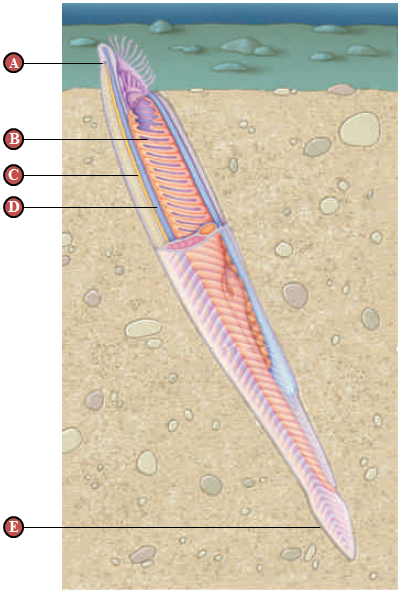Which of the following statements concerning receptors is FALSE?
a. They are found inside the cell and on the cell surface.
b. They are proteins or glycoproteins.
c. They are also called ligands.
d. They are highly selective.
e. They are activated by binding to a signaling molecul
C
You might also like to view...
You are a genetic counselor, and a couple comes to you with concerns that if they have a child
together it could have hemophilia. The man has an X-linked recessive form of hemophilia, but the woman does not. Genetic tests reveal the woman is not a carrier for hemophilia. Which of the following would be a correct thing to tell them?
a. Any child that they produce will have a 50% chance of having hemophilia. b. All of their male offspring will have hemophilia, and each of their female offspring will have a 50% chance of having hemophilia. c. None of their offspring should have hemophilia, but all of their female offspring will be carriers for hemophilia. d. Each of their male offspring will have a 50% chance of having hemophilia, and while their female offspring should not have hemophilia, they will each have a 50% chance of being carriers. e. All of their male offspring will have hemophilia, and while their female offspring should not have hemophilia, they will all be carriers.
How many daughter cells are produced in mitosis?
a. 0 b. 1 c. 2 d. 4
Genes that have been altered and may cause cancer are called
1.proto-oncogenes. 2.oncogenes. 3.totipotent genes. 4.controlled genes. 5.constitutive genes.

A. It first evolved in arthropods. B. It extends anteriorly into the head region. C. It provides support for muscle contraction. D. It is replaced in most adult vertebrates by the vertebral column. E. It is one of the four exclusive features of chordates.